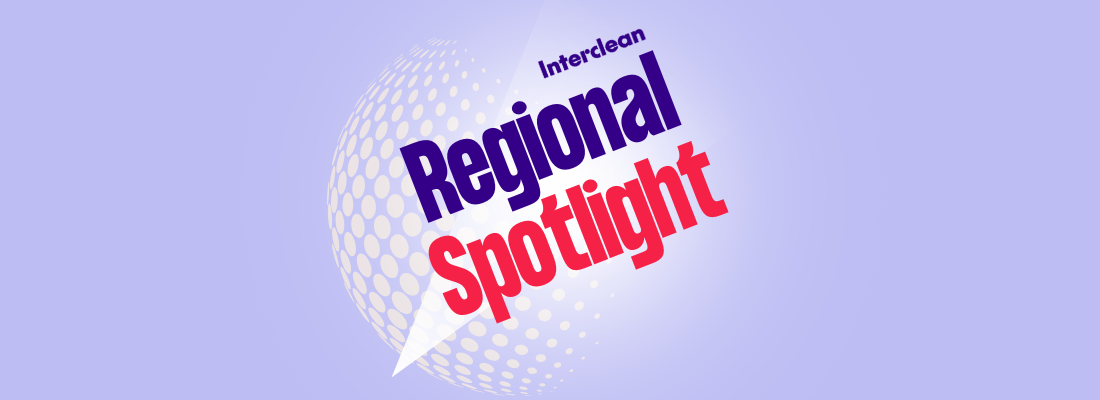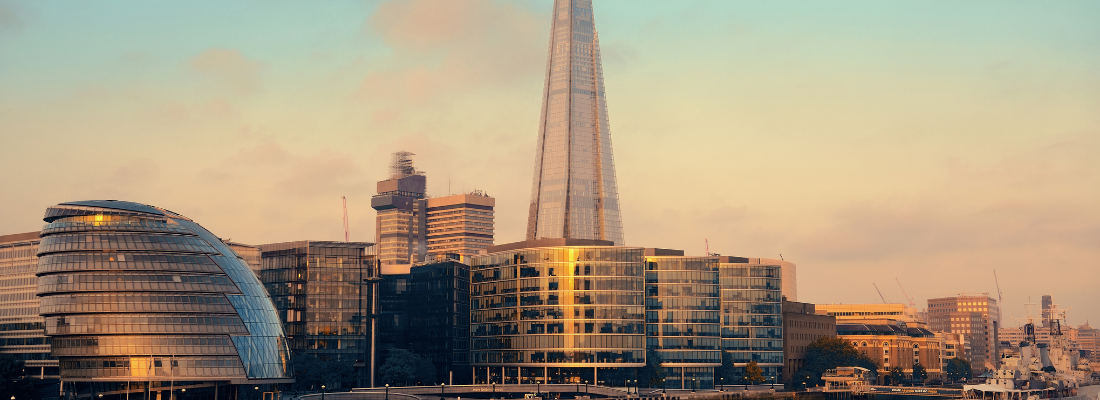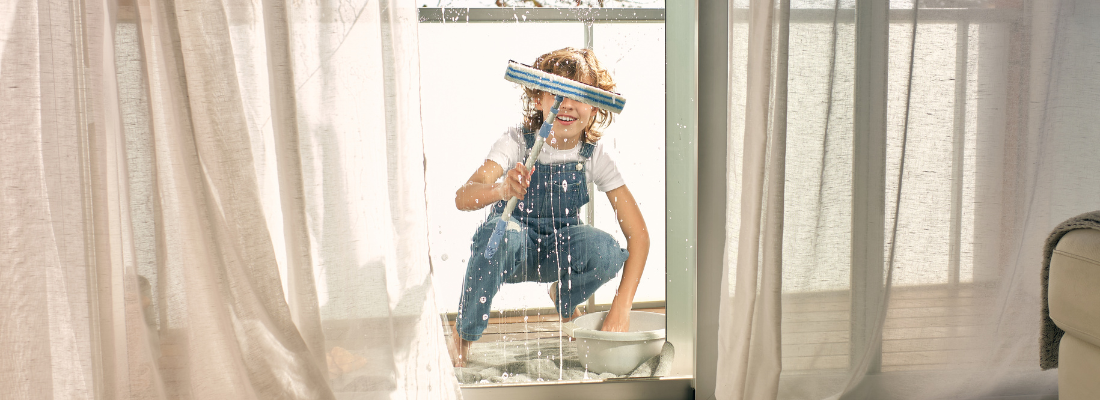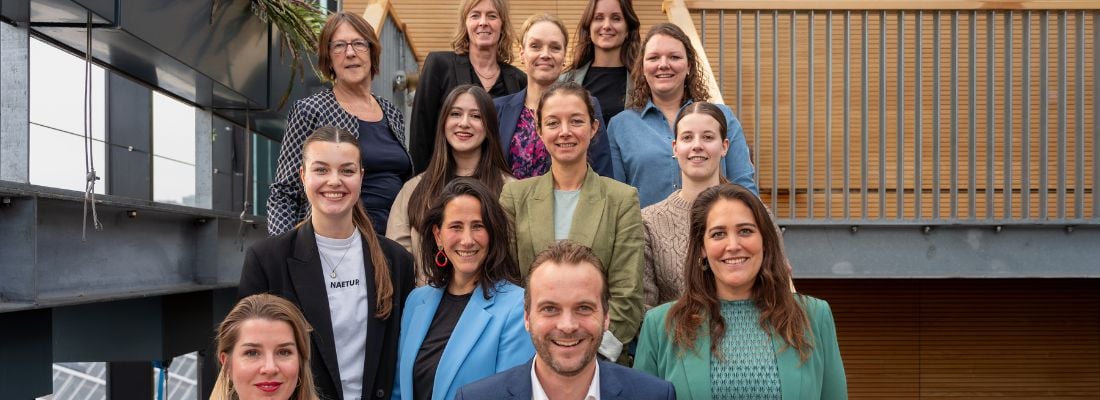The latest trends in professional cleaning and healthcare
In healthcare, hygiene is not just a necessity, it's a lifeline. With the rise of antibiotic-resistant bacteria and increased threats of pandemics, healthcare facilities are under huge pressure to ensure the highest standards of cleanliness and hygiene. From sterile surgical suites to bustling emergency rooms, the battle against pathogens never stops. But in 2024, the weapons in this fight are getting a high-tech upgrade.
Healthcare hygiene is undergoing a metamorphosis, going beyond bleach and bandages by embracing innovations that redefine the very meaning of cleanliness.
The power of predictive hygiene
From guesswork to foresight! Imagine knowing where and when germs will strike before they even have a chance. That's the promise of predictive hygiene, a rapidly growing field leveraging data analytics and AI to anticipate and prevent pathogen outbreaks.
Smart sensors monitor air quality, surface contamination, and even patient movement, generating real-time insights that guide targeted disinfection efforts.
This proactive approach:
- minimises the risk of infections
- optimises resource allocation
- empowers staff to focus on preventative measures instead of costly damage control
Green cleaning
Sustainability is a growing concern in all industries, including healthcare. Many healthcare facilities are transitioning to eco-friendly cleaning products and practices. Green cleaning not only reduces the environmental impact but also promotes the health and wellbeing of patients and staff by minimising exposure to harmful chemicals.
Automation and robots tackle high-risk areas
For healthcare workers, battling dangerous pathogens often means venturing into areas teeming with biohazards. But robots are now stepping up to take on these high-risk tasks. From UV-equipped autonomous bots and electrostatic sprayers that disinfect contaminated surfaces to AI-powered robots assisting with hazardous waste disposal, these germ busting machines are reducing the exposure risk for humans.
This not only safeguards staff wellbeing and reduces the risk of human error, but also ensures swift and thorough decontamination, minimising the spread of infections.
Data driven disinfection
One-size-fits-all cleaning protocols are giving way to data-driven sanitation and cleaning in healthcare. The integration of data analytics and cleaning practices is gaining momentum in the healthcare industry. Hospitals can now tailor their cleaning schedules and methods to specific areas and risk levels.
By collecting and analysing data on patient flow, medical procedures, surface contamination patterns and cleaning activities, facilities can identify high-risk areas, optimise cleaning schedules, and allocate resources more effectively. This data-driven approach ensures that cleaning efforts are targeted where they are most needed, reducing unnecessary cleaning efforts, costs and resources.
Nanotech surfaces are the new superheroes
Nanocoatings are revolutionising how we interact with surfaces in healthcare settings. These microscopic invisible shields applied to floors, walls and medical equipment physically inhibit the growth and spread of bacteria and viruses. This cutting-edge antimicrobial technology promises a future where constant vigilance against pathogens becomes part of the very fabric of the healthcare environment.
Training and education
Recognising the critical role of skilled staff in maintaining cleanliness and hygiene, healthcare facilities are investing in comprehensive training programs to navigate the changing landscape of hygiene.
These programs educate employees on:
- the latest cleaning techniques
- proper use of equipment and chemicals
- how to operate decontamination robots
- interpretation of data insights
- implementation of nanotech protocols
- infection control measures
Training initiatives empower staff to become partners in the war against infections.
Continuous monitoring and auditing
Regular monitoring and auditing of cleaning practices are essential to ensure compliance with hygiene standards. Healthcare facilities are implementing systems to track cleaning activities, measure cleanliness levels, and conduct regular inspections. This proactive approach allows for timely identification and rectification of any shortcomings, ensuring a consistently clean and safe environment.
Collaboration and standardisation
Healthcare facilities are increasingly collaborating with cleaning service providers and industry experts to develop standardised cleaning protocols. By sharing best practices and knowledge, facilities can ensure consistency in cleaning procedures across different locations. Standardisation helps to improve efficiency, reduce costs, and maintain a high level of cleanliness.
Conclusion
The healthcare industry is witnessing a paradigm shift in professional cleaning and hygiene practices. By embracing these next-gen technologies and investing in workforce training and sustainable solutions, healthcare facilities are embracing innovative approaches to meet the evolving challenges of infection control and patient safety.
Share your stories with us!
Do you have an innovation or interesting news you would like to share with the professional cleaning and hygiene industry? The Interclean website and social media channels are a great platform to showcase your stories!
Please contact our press department interclean@rai.nl.
Are you an Interclean exhibitor?
Make sure you add your latest press releases to your Company Profile in the Exhibitor Portal for free exposure.







